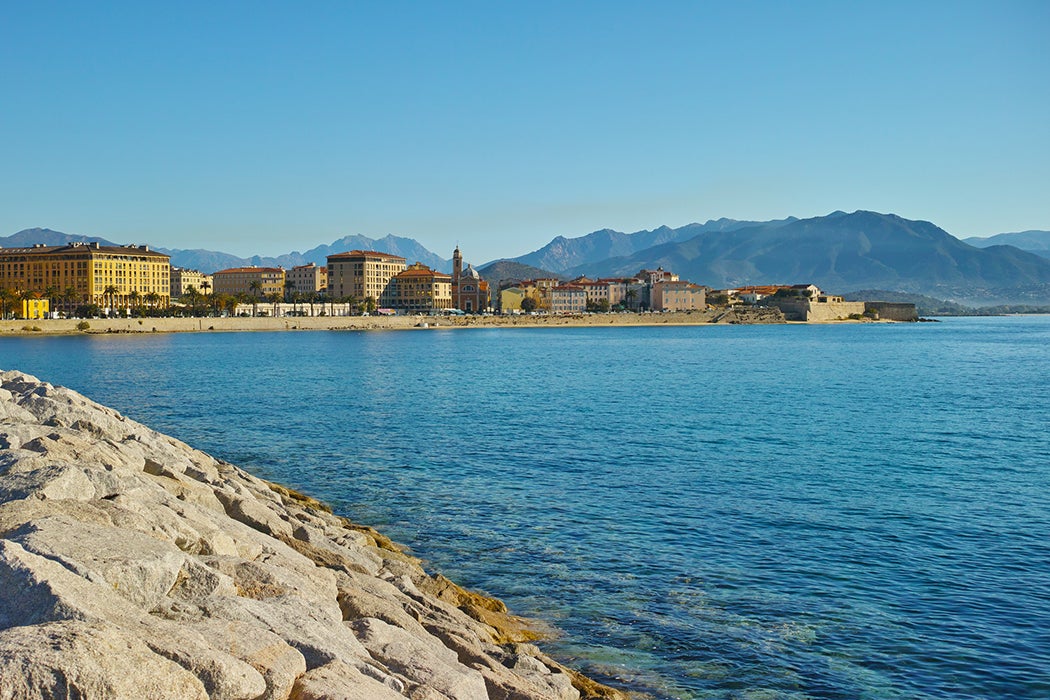The American constitution took inspiration from many sources: the thoughts of Locke and Montesquieu; the tradition of the British constitution going back to Magna Carta; the influence of the Iroquois Confederacy. Both the British and the Iroquois constitutions are conceptual, bodies of law and tradition rather than written documents, so the American constitution is often called the first written one. But the ten and a half page manuscript of the Corsican constitution preceded it by more than three decades.
The historian Dorothy Carrington describes this 1755 constitution as a “concentrated statement of some major doctrines of the Enlightenment which must astonish in view of its early date.” It was nothing short of revolutionary, perhaps more so than the revolutionary American and French constitutions to come. For one thing, the Corsicans called for universal male suffrage; there was no property qualification as there originally was in the United States.
Carrington gives a sample of the English translation from the original Italian, which starts: “The General Diet of the People of Corsica, legitimately Master of itself […] Having reconquered its Liberty, wishing to give durable and constant form to its government, reducing it to a constitution from which the Felicity of the Nation will derive.”
As Carrington puts it: “The sovereign people creates a constitution for its own well-being, a role which historians have hitherto supposed was assumed for the first time by the people of the United States.”
Pasquale Paoli was the drafter, celebrated on both sides of the Atlantic. Exiled as a youth with his father, a rebel general, Paoli returned to Corsica in 1755 with the works of Montesquieu in hand. Carrington also points to the local history that went into Paoli’s extraordinary constitution. There were elective mayors in Corsican villages from the Middle Ages and free (from feudalism) rural communes from the eleventh century on. Even under the distant, despotic control of Genoa, these rural communes were “practically autonomous units” with annual elections. These communes, she notes, provided “various communal services, including a form of health insurance.”
Paoli led the effort to free the Mediterranean island of Corsica from the colonial control of Genoa. The island republic that resulted was reorganized from a colonial outpost to a representative democracy with a Diet (or parliament). Paoli was the elected head of the Diet until 1769 when the invading French subjected the islanders to autocratic rule. From his exile in London, Paoli became renowned as a freedom fighter.
Want more stories like this one?
Paoli is commemorated with a half dozen place names in the United States. A New York militia with college student Alexander Hamilton as a member originally called themselves the Corsicans. Boston Patriot Ebenezer Mackintosh went so far as to name his son Pascal Paoli Mackintosh. The General Paoli Tavern outside Philadelphia was the location of the Battle of Paoli on September 20, 1777. There, the Continental Army was so soundly bloodied the battle is sometimes known as the Paoli Massacre.
Dorothy Carrington’s is an interesting perspective. She spent more than half her ninety-one years living on Corsica. Her Granite Island: Portrait of Corsica of 1971 is one of the standard histories of the island in English. Another of her books was about Corsica’s most famous native son, born Napoleone di Buonaparte the year the French took control of the island, stuffing Paoli’s constitution in the filing cabinet of history.







